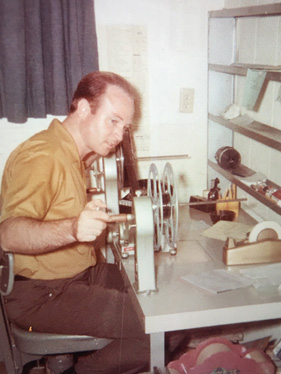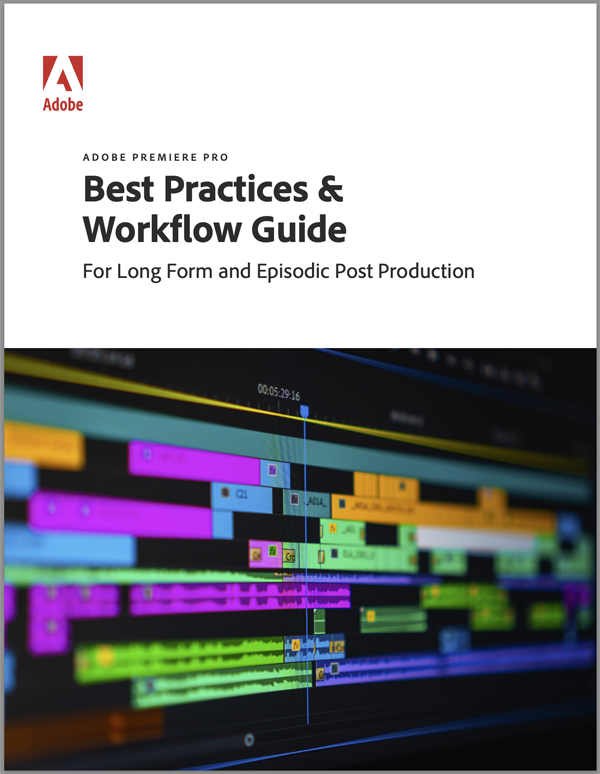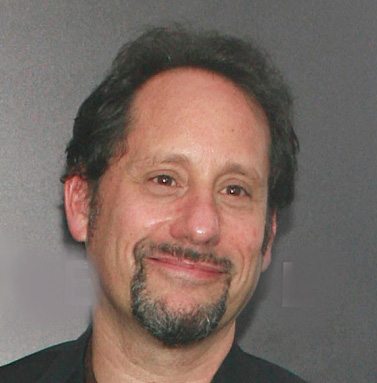Think of a movie like a house. The screenplay is the assemblage of materials, the brick and mortar. You have dialogue and setting and characters, but they’re still just words on a page; they need to be assembled into something greater. The shooting is where most of the visible work is done as far as outsiders are concerned — director and cinematographer teaming to pour the foundation, frame out the walls and put up a roof. But walls and a roof do not a house make, and editing is the process through which a shelter becomes a home. Editing is akin to the intricate work of wiring and drywalling and placing all the fixtures that makes the difference between a nice house and a great one.
So it was rather disappointing to see the Academy shortchange the editing prize (and seven others) for the nominal reason that the show is too long and “normal viewers” just don’t care. The decision tempts one to ask what, exactly, they think people are tuning in to see during an awards show if not awards.
On top of that, many people simply misunderstand what editing is. I’ve seen people suggest that “Pulp Fiction” was well-edited because of how the short stories that make up the overall picture intersect. But this is praise for Quentin Tarantino’s screenplay, not Sally Menke’s editing. Editors aren’t generally responsible for story structure or picture length, though they can play a part in mood.
For that, look to Tarantino’s “Once Upon a Time … in Hollywood.” One of the most fascinating things about that picture is the way editor (and Menke protege) Fred Raskin cuts the middle section’s three interwoven storylines to bounce between a comedic feel and the rhythms of a horror movie.
But even many cinephiles just don’t know how to look for this. So why shouldn’t the Oscars help them? Rather than diminishing editors in the hopes of attracting an audience that doesn’t really care about movies, the Academy should use the award as a way to educate those who don’t have time to read the definitive tomes on editing. What editors do, how they help shape a picture, how they choose the frames on which to cut — these things matter.
Alternately, the Academy could simply embrace the fact that the editing Oscar is one of the categories more likely to reward films that are popular with audiences. Between 2013 and 2020, winners included “Ford v Ferrari,” “Dunkirk,” “Mad Max: Fury Road,” and “Gravity.” The second-lowest-grossing best-editing winner of that period, “Hacksaw Ridge,” grossed more domestically than all but two of the best-picture winners from that same period. (One of the two, “Argo,” also won best editing.)
Indeed, the popularity of the winners in this category sometimes leads to headscratchers, as when “Bohemian Rhapsody” won the 2019 editing prize. But even then, there is something to be said for rewarding both an editor who helped save a film the director literally walked out on, and also a film that was an enormous worldwide hit, grossing nearly $911 million.
Rather than introducing a “popular film” category as was contemplated in 2018, or shamefully trying to gin up attention by having people on Twitter vote for their favorites as though the Oscars were the MTV Movie Awards, the Academy should lean into categories such as editing that really celebrate the craft of moviemaking. Foolishly chasing a mythical audience of “normal viewers” who aren’t going to show up anyway risks alienating the core audience that has stuck around over the years. And the Oscars can’t risk losing too many more of them if they want to stay on the air at all.






